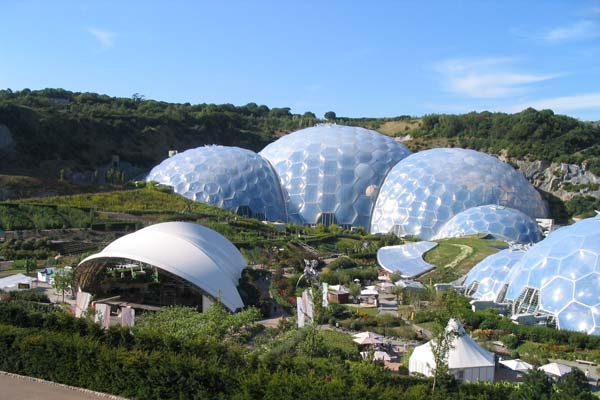Fluorescent, induction, and high-intensity discharge lighting are slowly becoming obsolete sources for indoor agricultural lighting applications. Often the sheer variety of types of lamps can be staggering, and identifying the best candidate to imitate actual sunlight can provide a challenge. In situations where opportunities for natural lighting is limited, such as urban gardens, new research is providing alternative lighting methods that prove to be economically viable, in comparison to traditional growth-promoting lighting methods.
Early Attempts
Historical data dating back to the mid-19th century reveals that agricultural lighting mimicked the typical use of lighting by individuals and industry. Though the intent was true, incandescent filament lighting was not designed for agricultural applications, and produced sustained elevated levels of infrared radiation and heat that caused abnormal stem growth in many species of vegetation.
Over the past 150 years, lighting designed for transportation and highways, as well as warehouses and manufacturing facilities, has been used in the growing of vegetation with results that were rather limited in realizing the full potential for generating bountiful harvests. Practical at the time of their use, traditional forms of indoor agricultural lighting such as fluorescent, and high intensity discharge lamps, often were found to waste a good portion of the energy which it consumed, which resulted in elevated electrical expenditures, thus compromising the intent of indoor gardening.
Stepping Into the Light
With advances in contemporary lighting technology, through years of research and in-field applications, scientists have discovered that LED lights are the most practical and cost efficient method for stimulating the indoor growth of vegetation. Technology has made it possible for LED lighting to facilitate the necessary photo-morphological and photosynthetic requirements of vegetation. This enables vegetation to grow at a quicker pace, without waste, and in more locations.
LED lights are lightweight and need not be situated close to vegetation, as fluorescent bulbs necessitate. They do not need costly cooling systems as traditional lighting methods do. By developing methods to control and manipulate the colors of light produced, the latest generation of agricultural lighting appears dimmer to the human eye but is designed to create optimal conditions for photosynthesis. This can reduce energy consumption and its associated costs up to 70%, making this technology accessible and cost-effective for a wide variety of applications.
The advent of LED light for indoor agricultural applications is a contributing factor to reducing food shortages around the world. Practical in situations where the terrain is not compatible for vegetation growth, LED lighting foster’s innovative ways to grow vegetation. As this technology develops, it becomes easier than ever to picture a world where low cost, fresh food is available, regardless of climate, year round.



